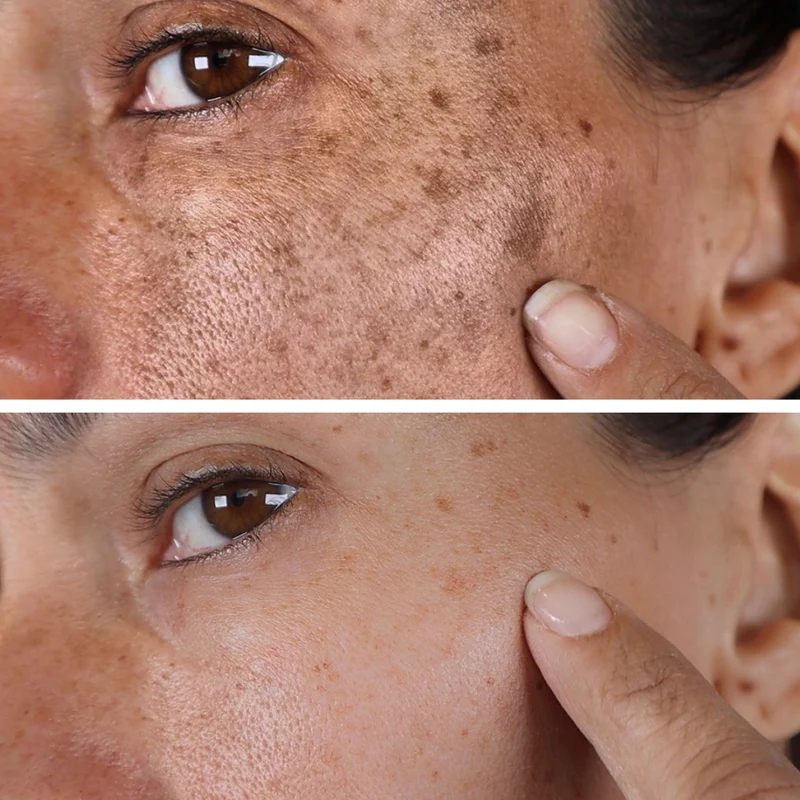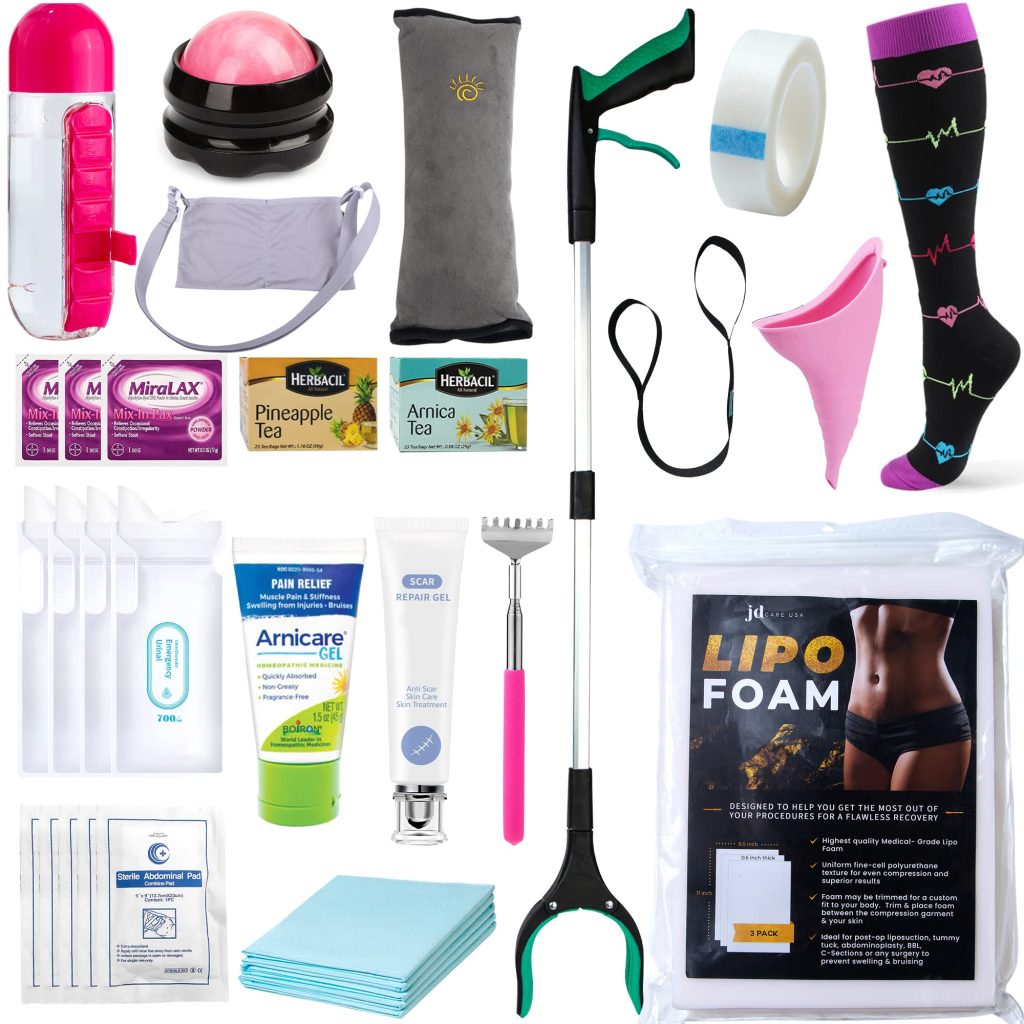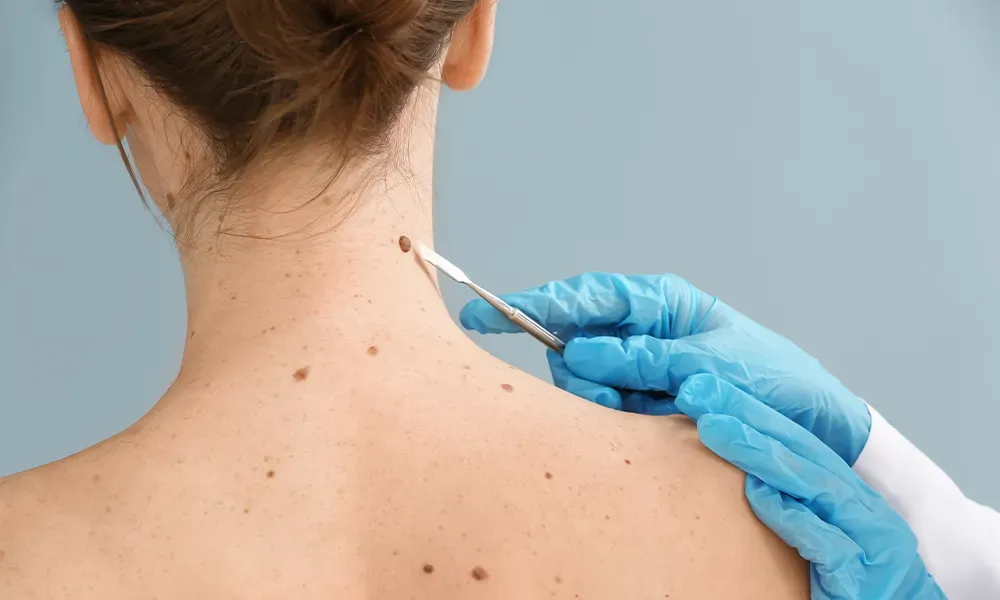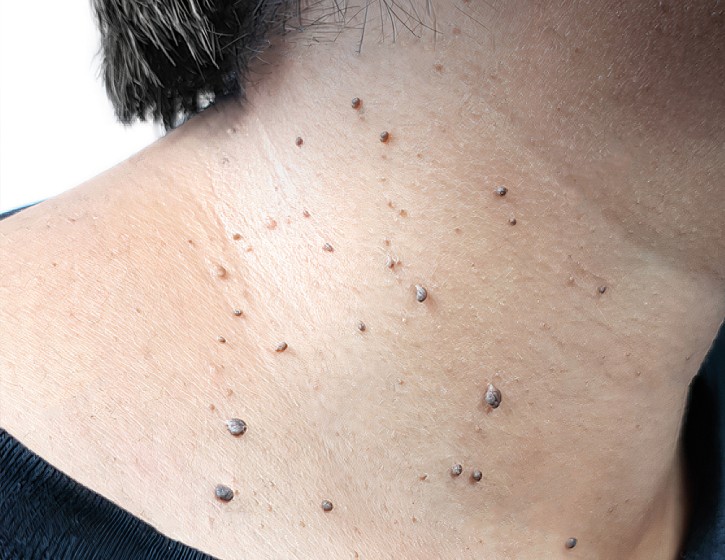Choosing a Qualified Cosmetic Surgeon
Board Certification
Board certification is crucial when selecting a cosmetic surgeon. It ensures the surgeon has undergone rigorous training and testing. Look for certifications from reputable organizations in the field of plastic surgery.
Patients should verify these credentials directly through professional boards’ websites. This step is non-negotiable for anyone considering breast augmentation.
Experience Matters
A surgeon’s experience, especially with breast augmentation, significantly impacts the results. Ask potential surgeons about their history with this specific type of cosmetic surgery.
Inquire about the number of procedures they’ve performed and request before-and-after photos of past patients. These visuals can offer insight into their skill level and ability to achieve natural-looking results.
Personalized Consultation
A good surgeon will prioritize understanding your aesthetic goals. During consultations, they should discuss options that align with your desired outcome.
This includes talking about implant types, such as teardrop or gel, and their placement—either above or below the muscle. The texture of the implant surface also matters for achieving a natural feel and minimizing asymmetry.
Surgeons should explain how different choices affect the look and feel post-surgery. They must tailor their approach to meet each patient’s unique needs.
Breast Implant Options Explained
Saline vs. Silicone
Saline implants are filled with sterile saltwater. They’re inserted empty and filled once in place, allowing for smaller incisions. Silicone gel implants, on the other hand, come pre-filled with a viscous silicone gel that mimics the feel of human fat more closely than saline does. This makes them a popular choice for their natural feel.
Highly cohesive silicone “Gummy Bear” implants retain their shape even when cut in half, due to the thicker gel inside. They offer an even more natural look and feel but come with a higher price tag and require a larger incision for placement.
Shape and Profile
Round implants enhance breast volume and are often chosen for their ability to provide a fuller top look. Shaped implants, also known as anatomical or teardrop-shaped, mimic the slope of natural breasts, offering a more subtle enhancement.
Implant profile refers to how much the implant projects forward from the chest wall. Low profile implants spread wider on the chest, suitable for wide torsos, while high profile options offer more projection forward, ideal for narrower chests seeking pronounced results.
Size Selection
Choosing the right implant size is crucial for achieving natural-looking symmetry and proportion. It involves considering body frame, existing breast tissue, and personal goals. Surgeons typically recommend sizes that enhance one’s figure without overwhelming it.
Safety of Breast Implants
FDA Guidelines
The FDA’s 2021 guidelines on breast implant safety marked a significant step towards ensuring patient well-being. They emphasize the importance of informed consent and detail potential risks associated with silicone and smooth implants. This includes implant rupture and the rare condition known as breast implant illness.
Patients now receive comprehensive information on what to expect post-surgery. This includes the longevity of implants and the possibility of needing replacement surgery in the future.
Risks Explained
Breast augmentation comes with its set of potential risks and side effects. These include silicone gel leakage, implant rupture, and the debated condition termed breast implant illness. Despite these concerns, advancements in surgical techniques continue to minimize such risks.
Ongoing research aims to improve the safety profile of both silicone implants and their alternatives. The goal is to reduce instances of complications and enhance patient satisfaction.
Informed Consent
Informed consent plays a pivotal role in the process of undergoing breast augmentation. Patients are thoroughly educated about both the benefits and the potential risks involved. This education helps them make an informed decision that aligns with their expectations and lifestyle.
Surgeons discuss not only the aesthetic outcomes but also possible health implications, ensuring patients understand every aspect before proceeding.
Fat Transfer Augmentation Alternative
Process Overview
Fat transfer breast augmentation involves harvesting fat from one part of the body through liposuction. It is then purified and injected into the breasts.
This technique offers a less invasive option compared to traditional implants. Patients appreciate the dual advantage of contouring areas with excess fat while enhancing breast size.
Benefits
The natural look and feel of breasts post-augmentation is a significant benefit. Unlike implants, which can sometimes feel artificial, fat transfer uses the patient’s tissue, ensuring compatibility and a softer texture.
Another advantage is the reduced risk of complications such as capsular contracture, common with implants. This makes fat transfer an appealing choice for those concerned about safety following discussions on implant safety.
Limitations
Fat transfer augmentation suits individuals seeking modest enhancements in breast size. It cannot provide the dramatic changes possible with implants.
There’s also a chance some transferred fat may not survive in its new location, leading to less predictable outcomes. Ideal candidates are in good health, possess realistic expectations, and have sufficient donor fat.
Ideal Candidates
Those looking for a subtle increase in breast volume find this method ideal. It’s perfect for patients prioritizing natural results over size.
Incision Techniques and Their Impact
Inframammary Fold
Inframammary incisions are made in the fold under the breast. This technique offers direct access to place implants, making it popular among surgeons. Scars are usually hidden under the crease of the breast.
Patients often experience a straightforward recovery. The inframammary approach minimizes impact on breastfeeding capabilities due to its distance from the milk ducts.
Peri-Areolar
The peri-areolar technique involves an incision around the nipple’s edge. It is well-suited for patients undergoing moderate adjustments. This method allows for precise placement of implants but carries a higher risk of affecting nipple sensation.
Breastfeeding potential can be compromised due to proximity to milk ducts. Recovery times may vary based on individual healing processes.
Trans-Axillary
Trans-axillary incisions are made in the armpit area. This approach leaves no scars on the breast itself, appealing to those concerned about visible marks. Implant placement is more challenging and might require endoscopic assistance.
Recovery might include discomfort in the armpit area but generally does not hinder breastfeeding abilities.
Transumbilical
The transumbilical technique involves an incision near the belly button. Scars are virtually invisible, as they are hidden within the navel. However, this method is less common due to its complexity in implant placement and limitations in implant options.
Recovery times are comparable to other techniques, with minimal impact on future breastfeeding.
Surgeons consider patient anatomy and desired outcomes when choosing an incision technique. Factors such as skin elasticity, body shape, and lifestyle play crucial roles in this decision-making process. Moving away from fat transfer augmentation alternatives, these surgical options provide tailored solutions for individuals seeking enhancement through implants.
Anesthesia and Surgical Steps
Anesthesia Types
The choice of anesthesia during breast augmentation is crucial. It ensures the patient’s comfort and safety throughout the procedure. General anesthesia is commonly used, rendering the patient unconscious and free from pain. In some cases, local anesthesia combined with sedation might be an option. This allows the patient to be awake but relaxed, feeling no discomfort. The decision depends on the patient’s health, preferences, and the surgeon’s recommendation.
Surgeons assess each case individually to decide on the most suitable type of anesthesia. Factors like patient anxiety, health history, and expected surgery duration play a significant role.
Surgical Procedure
The surgical steps in breast augmentation begin with making an incision in a predetermined location. This could be under the breast fold, around the nipple, or under the arm. The choice of incision site was discussed in “Incision Techniques and Their Impact”.
Following the incision, a pocket is created either behind the breast tissue or beneath the chest wall muscle for implant placement. Surgeons meticulously work to minimize tissue damage and ensure precise placement.
Implants filled with sterile saline or salt water are then carefully inserted into these pockets. The surgeon checks for symmetry and makes any necessary adjustments before closing the incisions with sutures.

Pre and Post Care
Proper pre-surgical preparation includes following specific instructions related to diet, medication, and hygiene to reduce complication risks. After surgery, detailed post-operative care is essential for healing. This involves managing pain, preventing infection, and attending follow-up appointments for optimal recovery.
Recovery and Observing Results
Initial Rest
After the anesthesia wears off, patients enter the recovery phase. They often need a few days of rest. This period is crucial for healing.
Doctors advise against any strenuous activity during this time. Patients should focus on resting. They may feel discomfort, but it gradually decreases.
Post-Care
Following post-operative instructions is key to minimizing risks. These guidelines help avoid potential problems and ensure optimal recovery.
Patients receive specific advice on managing pain and reducing infection risk. Adhering to these instructions can significantly impact the surgery’s success.
Activity Resumption
Returning to normal activities takes time. Most patients can resume light tasks within a week. However, heavy lifting or vigorous exercise requires longer, often several weeks.
Each patient’s timeline varies. Doctors provide personalized advice based on individual cases.
Final Outcomes
The true outcome of breast augmentation becomes visible months after surgery. Initially, swelling masks the final size and shape.
Over time, implants settle into their position, and swelling reduces. Patients start to see and feel the real results three to six months post-surgery.
Closing Thoughts
Choosing the right breast augmentation technique is crucial for achieving your desired outcome. From selecting a skilled cosmetic surgeon to understanding the different implant options and safety considerations, every step matters. Fat transfer augmentation offers an alternative for those seeking a more natural result, while the choice of incision technique can impact your recovery and final appearance. Knowing what to expect during surgery and throughout the recovery process helps set realistic expectations and ensures a smoother journey toward seeing your results.
Your decision to undergo breast augmentation is deeply personal. Armed with information on techniques and safety, you’re better equipped to make choices that align with your goals. Don’t hesitate to reach out to a qualified cosmetic surgeon to discuss your options. Remember, it’s about enhancing your confidence and feeling great in your skin. Take the next step towards embracing your beauty today.
Frequently Asked Questions
What qualifications should I look for in a cosmetic surgeon for breast augmentation?
Choose a board-certified cosmetic surgeon with extensive experience in breast augmentation. Look for certifications from recognized medical boards and positive patient testimonials.
Can you explain the different breast implant options available?
Breast implants come in saline and silicone varieties, each offering distinct feels and shapes. Your surgeon can help determine the best option based on your body type and desired outcome.
Are breast implants safe?
Yes, modern breast implants are FDA-approved and considered safe. However, like any surgery, there are risks involved. Discuss potential complications with your surgeon.
What is fat transfer breast augmentation?
Fat transfer breast augmentation uses your own fat, harvested from another area of your body, to enhance breast size. It’s an alternative for those seeking a modest increase without implants.
How do incision techniques affect breast augmentation surgery?
The incision technique can influence scar visibility, implant placement, and recovery time. Common methods include inframammary, periareolar, and transaxillary incisions.
What should I expect during the anesthesia and surgical steps of breast augmentation?
You’ll likely receive general anesthesia. The surgery involves making incisions, inserting implants or transferring fat, and closing the incisions. Detailed steps vary based on the specific technique used.
How long does recovery take after breast augmentation surgery?
Recovery varies but generally includes 1-2 weeks of reduced activity. Full recovery and observing final results may take several months as swelling decreases and implants settle.




















